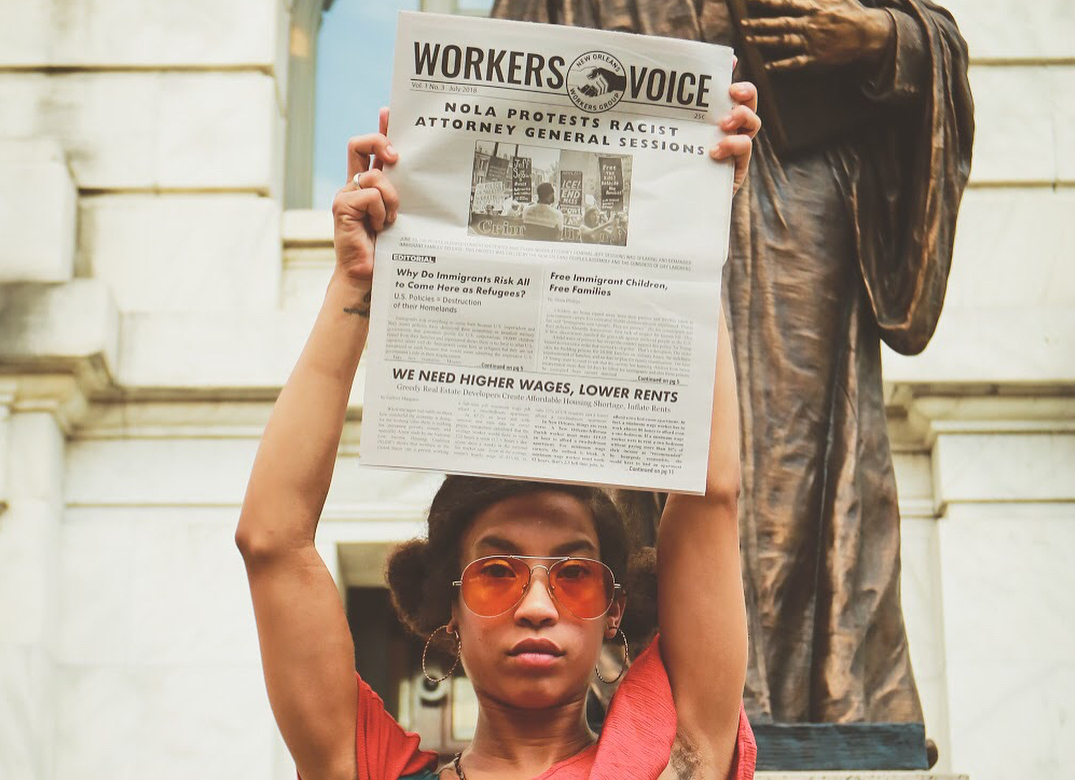by A.M.P.
Pedro Albizu Campos, Oscar López Rivera, Lolita Lebrón, Rafael Miranda, and Andrés Cordero: these are a few names of Puerto Ricans who have taken up the struggle for Puerto Rican Independence. Many discount their valiant efforts because of their use of violence; however, we must evaluate the violence that the U.S. has committed against the Puerto Rican people for over a century.
When your country has been deemed “Rich Port” by colonial conquest, when your native people were murdered, raped and enslaved, when your country experienced independence for only 8 days before the U.S. invaded and seized control, deeming your currency worth only 60% of the U.S. dollar and sending your population into poverty: you and your ancestors have been victims of continuous violence.
In 1937, policemen with tommy guns massacred 19 people while hundreds more were shot in the back while attending a peaceful march in Ponce. The U.S. conducted sterilization surgeries on over 33% of Puerto Rican women between 1936 and the 1970s as an attempt to control population growth. For over 60 years, the U.S. Navy used the eastern half of Vieques, an island off the coast of P.R., to test billions of tons of bombs and chemical weapons. This resulted in alarmingly high rates of cancer, hypertension, diabetes, and infant mortality among Vieques. In addition to these atrocities, the U.S. holds P.R. under its thumb as a de-facto colony. They are not allowed to have representation in the U.S. government, therefore having no control over their own destiny. When the U.S. executes these actions, your people are the victims of incessant violence.
This is the most malicious type of violence; an abusive relationship in which your people are helpless against the deviant acts of an imperialist state that feeds you propaganda to make you believe they are helping you. Unless your people recognize their power. Unless your people accept a call to action and unite in the struggle for independence by any means necessary. The only relief from egregious violence is self-determination.
¡Que viva Puerto Rico libre!
